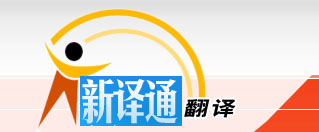韓国はそれと対照的であり、戦略的に集中政策を採った時期もあれば、均衡発展を目指そうとした時期もあったように、政策が二転三転することがある。これは制度的に、長期の計画が定められていなかったこともあるが、トップダウン的に政策が決定されるという社会構造となっていることが原因として挙げられるだろう深圳翻译公司。
In contrast, Korea at times adopts strategically centralized policies and at other times seeks the objective of balanced development, with its policies alternating between the two. This factor, of long-term plans not being fixed into this system, as a consequence of its social structure of top-down policy-making.
中国は、1984年に大きな制度改革があり、その前後で港湾整備の体制が転換している。長期的に見ると、国が整備・管理運営の主体であったのは一時期に過ぎないため、基本的には、中国のコンテナ港湾の整備・管理運営は市場に大部分が委ねられているといえる。その安定度は、日本と韓国の中間であるといえるだろう广州翻译公司。
China conducted significant reforms of its system in 1984, and the port facilities system was changed around that time. In the long run, as the government was temporarily acting as the nucleus for construction, management and operation, but basically most of the construction, management and operation of container ports were entrusted to the market. Its degree of stability is said to be midway between Japan's and Korea's.


